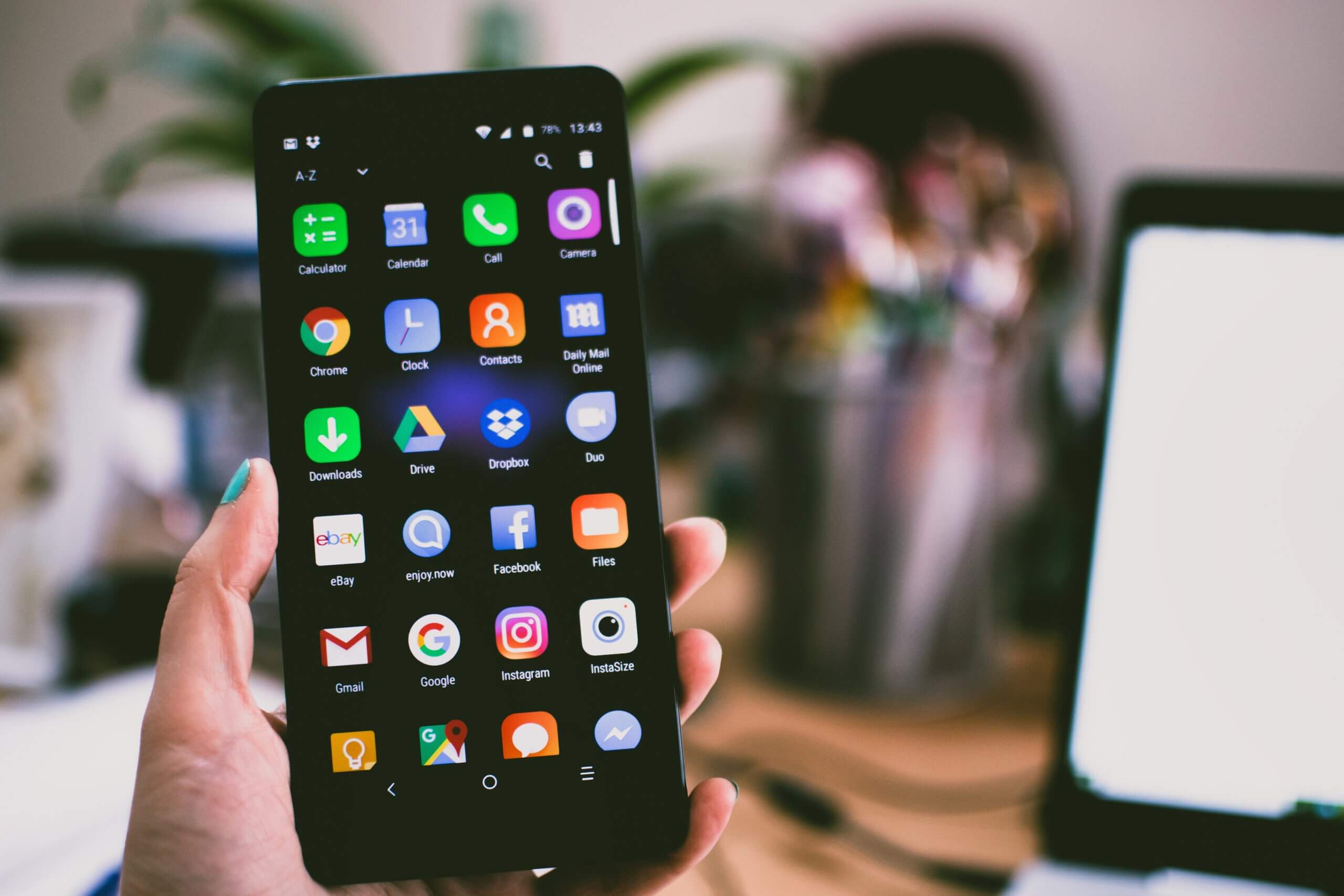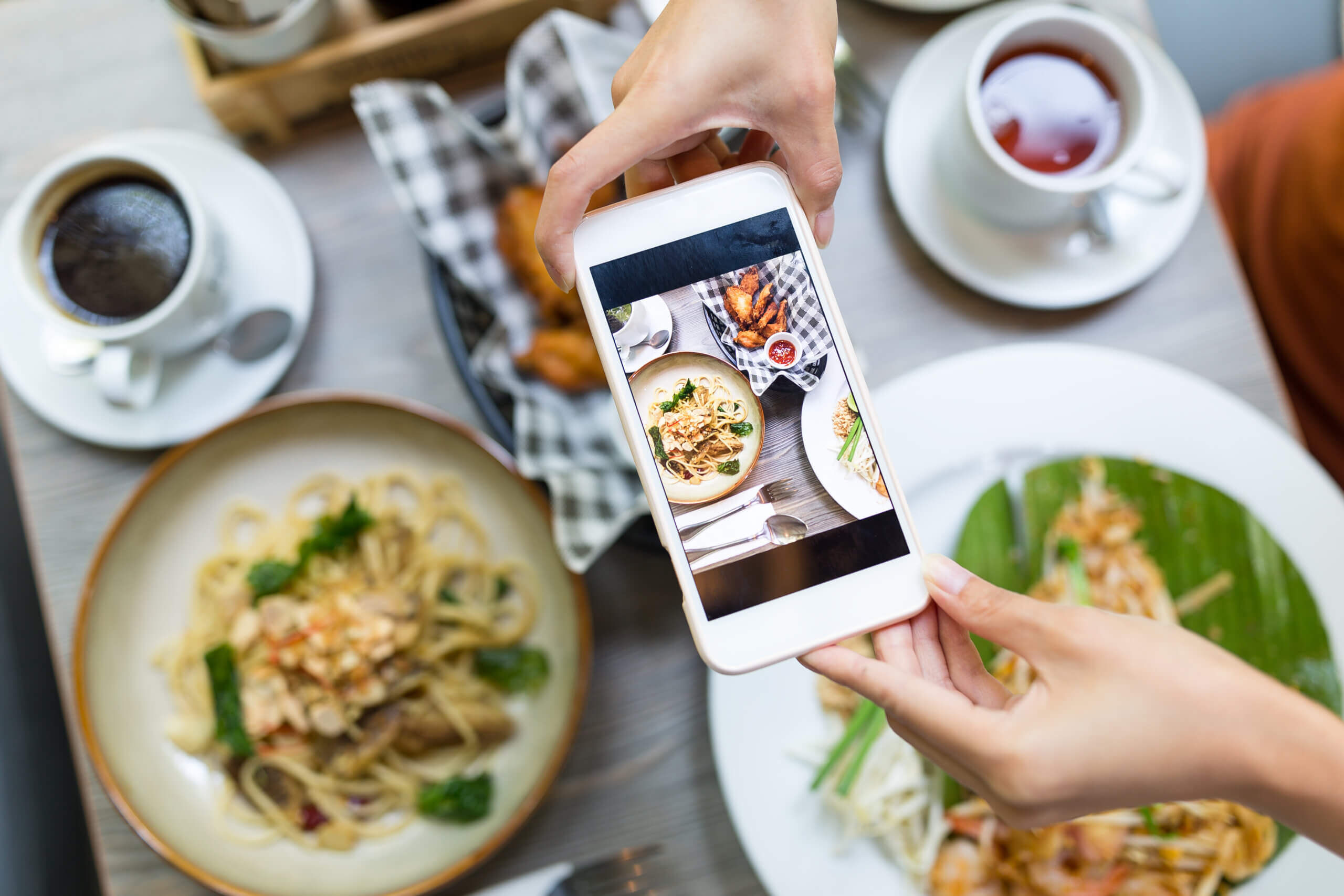In today's digital age, social media marketing for restaurants is a crucial aspect of operating a successful business. Integrating the restaurant POS with your social media strategy can offer you unparalleled opportunities. This integration helps you reach more customers, build loyalty, and create a memorable brand image.

This guide to restaurant social media will explore why managing your social media presence is vital. It will provide practical tips on leveraging social media to grow your restaurant. We will examine how social media marketing can benefit your restaurant. We will also discuss the various social media platforms available. Additionally, we will outline effective strategies to maximize your online presence.
Social media has fundamentally changed how people connect and how businesses interact with customers. For restaurants, having a strong presence on social media is no longer optional—it’s a necessity.
Social media platforms allow restaurants to showcase their food, atmosphere, and customer experiences in real-time. This builds trust and boosts brand awareness. Additionally, these platforms enable direct consumer connection, allowing you to receive valuable feedback and make improvements to enhance the overall dining experience.
Social media sites offer a unique platform for restaurant owners to showcase their culinary creations and inviting ambiance. Photos, videos, and user-generated content show people what to expect from your business before they visit.
Effective social media management improves restaurant brand recognition, builds customer trust, and ultimately drives more visits to your restaurant.
Social media content serves as an accessible channel for customers to share feedback and thoughts about your restaurant experience.
Social media interactions reveal customer perceptions of your restaurant, offering valuable insights.
On the other hand, it enables you to make informed decisions to improve customer satisfaction. Regularly interacting with followers and responding to their comments fosters a sense of community and encourages customer loyalty.
Managing restaurant operations such as table reservations, delivery orders, and customer inquiries can be time-consuming.
Social media platforms streamline these processes, making it easier to deliver excellent customer service.
By using messaging features and chatbots, you can efficiently handle reservations and address inquiries. Also, you can create a seamless experience for your customers, all through your social media sites.
Chatbots for social media are advanced software applications implemented on various platforms, engineered to replicate human-like interactions. Among the most prominent chatbots are:
Social media accounts serve as powerful marketing channels for restaurants. Posting on social networking sites is a great way to get the word out about new menu items, special events, exclusive deals and more.
Potential customers are more likely to discover and engage with your restaurant if you maintain your online presence well. Therefore, consistently updating your profiles with relevant and engaging content is key to maintaining this connection.
| Audience Understanding | Know your audience's preferences and engagement patterns. |
| Brand Consistency | Maintain a cohesive visual identity and consistent voice. |
| Content Quality | Use high-resolution images/videos and write compelling captions. |
| Relevance and Timeliness | Incorporate seasonal themes and update with menu changes and promotions. |
| User Engagement | Respond promptly to interactions and encourage user-generated content. |
| Analytics and Optimization | Track performance and adjust strategies based on data. |
| Compliance and Etiquette | Follow platform guidelines and maintain professionalism in your interactions. |
Social media helps you reach specific groups and locations, expanding your audience beyond your local area. By utilizing targeted advertising and engaging with local communities, you can maximize your restaurant's exposure and build meaningful connections.
Exploiting being a local business fosters a sense of community and encourages repeat visits from loyal customers.
It’s essential to understand the distinct characteristics of various platforms. In order to effectively harness the power of social media marketing for restaurants. Here’s a look at some key social media sites commonly used by restaurants:
As one of the largest social media platforms, Facebook remains a popular choice for restaurants. It offers a wide range of features by allowing you to post updates, highlight specials and events. Also, you are able to run targeted advertisements and engage with your audience.
Facebook’s various content formats—photos, videos, stories, and long-form posts make it an ideal platform for showcasing your restaurant’s offerings and reaching a wide audience.
Instagram’s visual focus and rapidly growing user base make it a perfect fit for restaurants with aesthetically pleasing dishes or captivating environments.

This platform offers a variety of engaging formats. Also, It primarily targets mobile users, allowing you to reach people on the go.
By utilizing hashtags and location tags, you can connect with potential customers in your area. This helps you generate interest in your restaurant.
X is a solid platform for staying connected with customers and building relationships with millions of daily active users.

Particularly popular in countries like the US and the UK, Twitter not only allows you to post frequent updates. But also, it helps to keep your customers informed about the latest happenings at your restaurant. It also gives you an opportunity to engage in food, drinks, and other topics that interest your audience.
Pinterest can still be considered as valuable for showcasing menu items and sharing related recipes although not as widely used as other platforms. If your restaurant has a variety of dishes or seasonal specials, Pinterest is perfect for showcasing them. Its visual format and focus on inspiration help attract food enthusiasts.
If you can produce high-quality video content in a creative way that showcases your restaurant’s dishes, ambiance, or other aspects of your business, YouTube can be a powerful platform. By creating captivating videos, you can effectively convey your restaurant’s unique selling points and build a loyal following.
As one of the fastest-growing social media platforms, TikTok has gained immense popularity, especially among younger audiences. Restaurants may easily become well-known within their target audience by producing interesting and captivating short-form videos.
TikTok's highly engaged user base, coupled with its ease of creating short-form videos. Therefore, it presents an excellent opportunity to reach a large, primarily youthful audience.
To maximize the impact of your social media marketing for restaurants, consider implementing the following strategies:
Different social media platforms cater to distinct demographics.
By analyzing data points such as age, gender, customer order history, and the breakdown of new versus repeat customers, you can identify which platforms are most suitable for your target audience.

Source: Statista
This will allow you to allocate your resources effectively and tailor your content to each platform’s unique characteristics.
Your social media presence represents your brand and often serves as the first point of contact for potential customers. In a crowded online landscape, it’s crucial to stand out by creating engaging, visually appealing, and high-quality content.
Invest in professional photography, videography, and graphic design to showcase your dishes, atmosphere, and overall brand identity. Exceptional content helps you separate your restaurant from competitors and leaves a lasting impression on your audience.
Learn more how to create high-quality content
Consistency is key to capturing and maintaining your audience’s attention. Regularly post on social media across various formats—such as Instagram stories, reels, and Facebook posts—reinforces your brand presence and keeps your followers engaged.
Creating a content calendar and scheduling posts in advance ensures consistent updates. These builds Foreseeing and helps develop a loyal following.
The best social media management tools enable comprehensive control of your entire social media presence within a single platform. These tools allow you to automate tasks, analyze performance, and efficiently manage multiple social media accounts.
Social media trends emerge daily, offering opportunities for increased exposure and engagement. Staying informed about the latest restaurant trends and giving them your unique spin can align with your brand's style and tone.
By participating in trending topics, you can boost your visibility and attract a broader audience. Be mindful of trends that align with your restaurant's values and resonate with your target customers.
Google Trends allows you to track search interest over time for specific topics related to social media trends, providing valuable insights for free. Additionally, leveraging social listening tools can help identify emerging trends by monitoring conversations, keywords, and audience sentiment.
Building a strong rapport with your audience is essential for creating a sense of community and customer loyalty. Actively engage with your followers by asking questions, requesting feedback, and encouraging them to share their experiences.
User generated content, such as customer photos and reviews, can enhance your brand’s credibility and increase your reach. By Starting a two-way dialogue, you make your customers feel heard and valued, which may lead to long-term relationships and repeat business.
Responding to reviews, both positive and negative, demonstrates your commitment to customer satisfaction. Always express gratitude for feedback, thanking customers for taking the time to share their thoughts.

Promptly addressing any concerns, negative thoughts, or issues raised in reviews or comments showcases your dedication to resolving problems and ensuring a positive experience for all customers.
To entice your followers to visit your restaurant, regularly share details about upcoming events, special promotions, and limited time offers.
By creating a sense of urgency, you can encourage your audience to make reservations or take advantage of exclusive deals. Use persuasive language and compelling visuals to convey the value and uniqueness of your offerings.
Hashtags and location tags are powerful tools for increasing your social media following and attracting new customers. Research and utilize relevant hashtags that align with your restaurant’s offerings, target audience, and industry trends.
Combining location tags connects you with users in your local area, enhancing your visibility and attracting potential customers nearby.
Hashtags act as powerful amplifiers for your social media posts but creating them manually can be time-consuming. With this free hashtag generator, you can now automate the process, streamlining your social media strategy effortlessly.
Regularly updating your social media channels with your latest menu items ensures that customers have accurate and up-to-date information.

Highlight any new and exciting additions, seasonal specials, or limited-time offerings. By showcasing your culinary creations through social media content, you can spark curiosity and encourage followers to visit your restaurant to experience your latest dishes.
Social media advertising offers a powerful opportunity to promote your restaurant and reach specific target audiences. Platforms like Facebook and Instagram offer powerful advertising tools to create targeted campaigns based on demographics, interests, and behaviors.
Investing in well-crafted advertisements can raise awareness, drive traffic, and generate bookings for your restaurant.
Certain social media platforms offer features that allow restaurants to generate sales directly from their social media pages.
By adding a "book now" button or integrating online reservation systems, you can streamline the booking process for your customers, making it easier for them to secure a table at your restaurant.
In today's competitive landscape, social media marketing for restaurants has become a crucial tool for expanding your customer base, enhancing brand awareness, and fostering customer loyalty.
By effectively leveraging social media platforms, you can build a strong brand image, connect with customers, improve customer service, create a solid marketing channel, and target specific demographics. Implementing effective strategies—such as identifying target customers, creating high-quality content, being consistent, exploiting on trends, and engaging.
Embrace the power of social media and elevate your restaurant's online presence to thrive in the digital age.
Learn more regarding users' digital behavior.